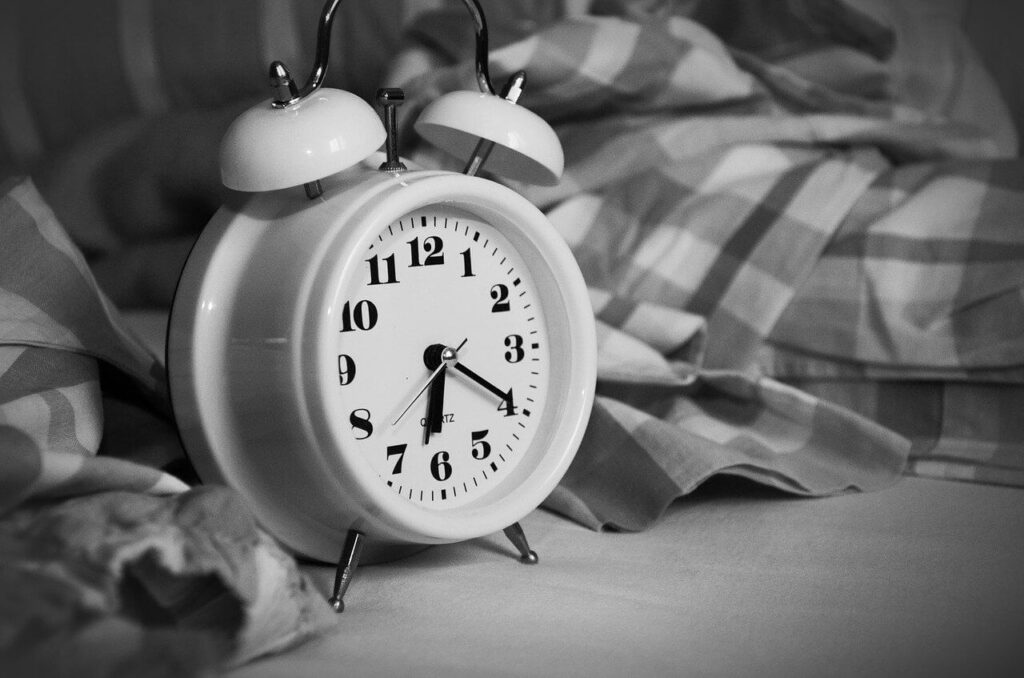Residents of many countries note that in recent years they have begun to sleep less. The French sleep an hour and a half less today, than they did 50 years ago: 6 hours and 58 minutes on weekdays and 7 hours and 50 minutes on weekends. In any case, it takes less than the recommended eight hours.
The result is a widespread feeling of fatigue: in France, 25% of the population aged 25-45 do not feel refreshed in the morning.
Normal healthy sleep consists of 4-6 cycles, each lasting almost 1.5 hours. Between cycles, a person may wake up for a few seconds — and this is normal.
The popular division into “owls” and “larks” has a genetic justification.
“Owls” sleep well until at least 9, and become active in the afternoon. Productivity peaks after 13 hours, sometimes at 18-20 hours. “Larks” wake up at 6-8 am, the peak of activity falls on 8-12 hours.
Each cycle consists of two phases:
- The slow-wave sleep phase, 60-75 minutes. This is the most regenerating phase both physically (skin regeneration, hormonal recovery, muscle relaxation) and mentally (the brain is at rest).
- Paradoxical sleep phase, 15-20 minutes. The muscles are completely relaxed, but the brain activity is close to the state of wakefulness. In this phase, we dream, and the brain processes the data received during the day, monitors the production of sleep and growth hormones.
If five days a week we go to work at 8 am, the body adjusts to this rhythm. But how effectively can a person work in this mode if on weekends or on vacation they go to bed well after midnight and wake up closer to lunch?
Scientists have long been talking about individual internal rhythms of sleep and wakefulness, laid down by nature. They came to the conclusion that in order to be cheerful and energetic, people’s internal rhythms must coincide with their daily routine. First of all — with the sleep mode.
Those who by nature prefer to wake up after 9 and go to the peak of activity after 16, are unlikely to be effective at working with a schedule from 8 to 16.
